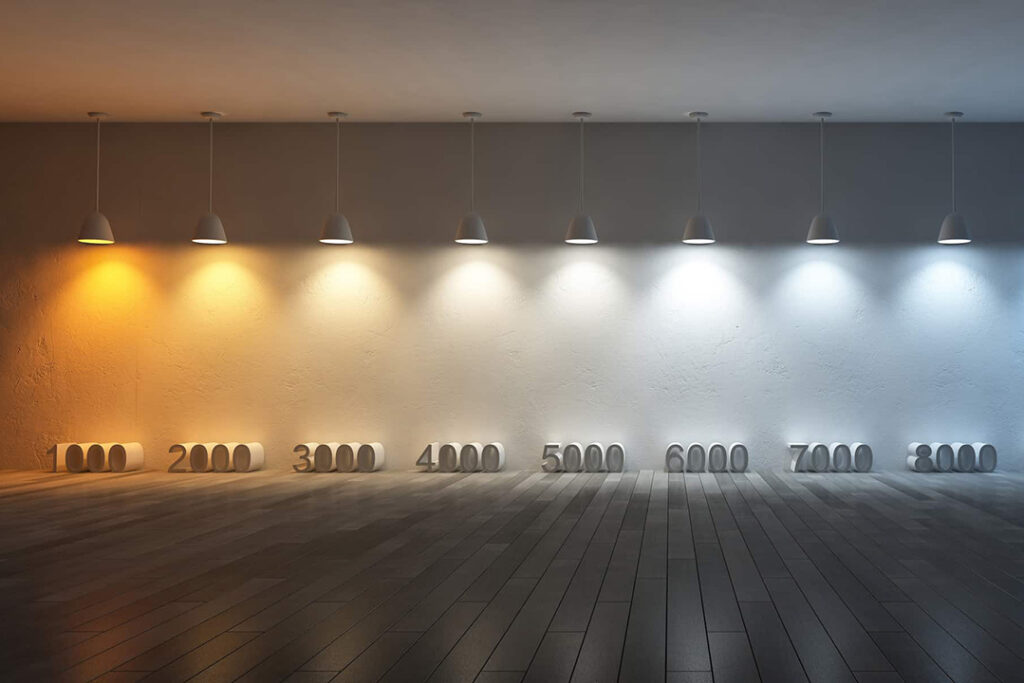Lighting design combines the art and science of creating the perfect balance of form and function, evoking emotion, and enhancing the user experience.
Are you looking to transform your space with captivating and functional illumination? In this blog, we will explore the technical and artistic aspects that come into play. Now, let’s take a deeper dive into the fascinating world of lighting design.
The Science behind Lighting Design

The technical aspects of lighting design are just as important as the artistic ones. Electricity, optics, and lighting equipment are important in order to create safe, effective lighting designs. This is why lighting designers must have a deep understanding of the science, too!
The scientific aspects of lighting design involves:
- Understanding the physics and technical requirements of a space.
- Selecting appropriate lighting solutions to meet those requirements.
- Calculating the necessary amount of light output for a space.
- Choosing the right color temperature of light.
- Selecting the appropriate type of fixtures for the space.
The Art of Lighting Design

The use of electric lighting since the late 19th century has opened up a world of creative possibilities. This evolution is what allows lighting designers to shape and transform spaces in ways that were once impossible.
The art of lighting design involves a multifaceted approach that encompasses several aspects, including:
- Sensitivity to the emotions and mood evoked by lighting.
- Skillful directing of viewers’ attention and perception.
- The use of color and warmth to enhance ambiance.
- Adapting to changes in light intensity.
- Providing essential health and wellness benefits to viewers.
Lighting designers use their creativity and knowledge of color theory, spatial relationships, and human perception to create breathtaking spaces. They may also use light to create patterns or movement within a space. This can add an element of dynamic visual interest.
Striking the Perfect Balance

Lighting design goes beyond fixtures and light sources. It involves a combination of skillful practices. The perfect balance of energy and ambiance, utility and drama, safety and efficiency combined with mood and versatility.
Crafting a distinctive lighting strategy for each project requires a grasp of the interplay among space, texture, technology, and purpose.
When the art and science of lighting design are successfully combined, the result is a space that meets its technical requirements and enhances the overall user experience. A well-designed lighting system can create a sense of drama, highlight architectural features, and add an element of elegance to any space.
Our Design Philosophy

At Lumenture, we believe that lighting design is both an art and a science. By blending these two disciplines, we create lighting solutions that not only look beautiful, but also perform optimally.
Our approach is grounded in Dieter Ram’s principles of design. This means, we optimize for functionality and efficiency while maintaining a timeless aesthetic appeal. We aim to strike the perfect balance between aesthetics and function.
Whether you’re looking to highlight merchandise in a retail space or add elegance to your home, our team provides lighting solutions that meet your needs.



